Panama BOP Champion Rose Summer Coffee beans Panamanian Jade Manor Rose Summer Red Standard Green Standard Blue Standard Coffee beans
BOP as the world's first green bean event. BOP's main objective is to conduct a blind sensory evaluation of specialty coffees grown in Panama according to different coffee types. Front Street Coffee believes that BOP has played a very important role in the fine cultivation of Panama coffee.
BOP stands for "Best of Panama," which translates to "Best of Panama." But BOP is actually a platform that provides professional services to Panamanian growers interested in high quality coffee. The event was designed and organized by the Panamanian Professional Coffee Association (SCAP), a non-profit coffee growers/processors association in Panama that uses technological innovation and blind testing to discover and validate the best coffee quality in Panama.
What is BOP auction?
In 1995, Panama's seven coffee producing families jointly established the Specialty Coffee Association of Panama (hereinafter referred to as SCAP); and in 1996, they founded the first Panama Green Bean Competition-Best of Panama (hereinafter referred to as BOP).
Starting in 2004, SCAP organized the first Best of Panama(BOP) auction, with only 11 lots of beans selling for an average price of $2.89 per pound, which reached $24.83 in 2012, greatly encouraging and promoting the development of fine coffee. The famous Hacienda La Esmeralda, Don Pachi Estate, Carmen Estate and Elida Estate are all founding estates.
The emergence of BOP can also be seen as Panama's fine coffee industry, a game on the coffee market at that time, and successfully opened up a blue sea for Panama to win by quality through this game. The auction beans here will fetch hundreds of dollars every year.
Front Street Coffee·Panama Emerald Manor Introduction
Rose summer coffee beans from 2004 to participate in the Panama green bean contest BOP won the first place, all the way amazing, after expert identification, only to find that the coffee beans are Ethiopia's rose summer varieties. Since then, the Petersons have focused most of their efforts on developing infrastructure to support excellent batch separation and fine processing.
In 1964, American banker Rudolf Peterson retired, moved to Panama, and bought Emerald Manor in Poquet, which initially focused on dairy farming. His son, Price, resigned as a doctor to help his father run the farm and introduced Kadura and Kaduai coffee varieties in 1987. He set up a washing plant in 1994 and has since owned his own coffee processing plant.

Front Street Coffee believes that Emerald Manor's acquisition of a high-altitude manor was a unique decision at that time, which also enabled Emerald Manor to occupy a certain position in the coffee industry. Among them, Haramillo Manor is an estate planted with rose summer varieties. Because of its low yield, the former owner only used it as a windbreak tree until it was acquired. This is the charm of rose summer coffee, growing in the harsher environment the better flavor performance.
Although Emerald Manor found coffee beans with flavor performance at the beginning, in order to be precise, coffee beans in different areas of the garden were cup tested and planted according to altitude. Therefore, there are now known as red label, green label, blue label these several rose summer grades, are graded according to altitude, Front Street Coffee will explain this part in detail below.
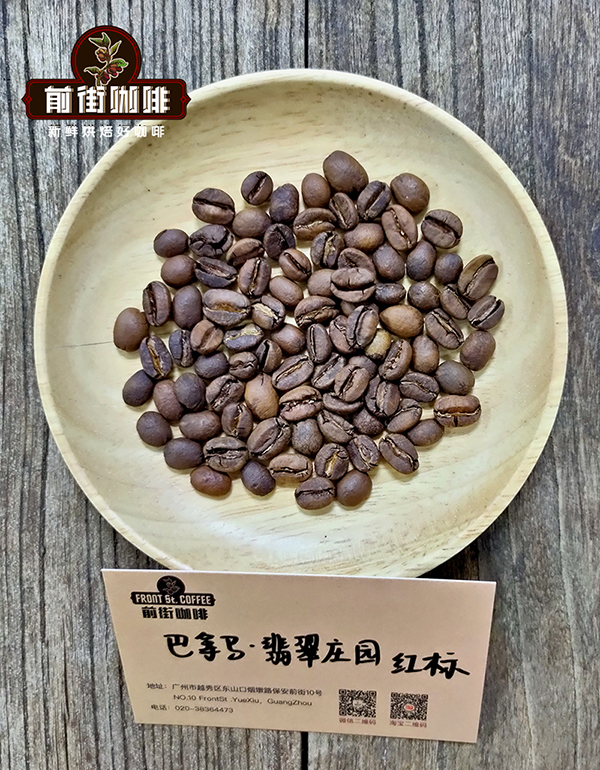
Qianjie Coffee Jade Manor Rose Summer Red Standard Coffee beans
Producing area: Pokuit
Manor: the veil of Jadeite Manor
Altitude: 1600-1800m
Variety: Rose summer
Treatment: insolation
[Panamanian coffee producing area]
Panama is the southernmost country in Central America, bordering the Caribbean Sea to the east, the Pacific Ocean to the west, Costa Rica to the north and Colombia to the south. It is an important isthmus connecting North and South America. Under the influence of such geographical factors, Panama has a complex and changeable microclimate, which also creates a unique flavor of Panamanian coffee. Generally speaking, Panamanian coffee beans are full, light in weight, soft in acidity and balanced in flavor.
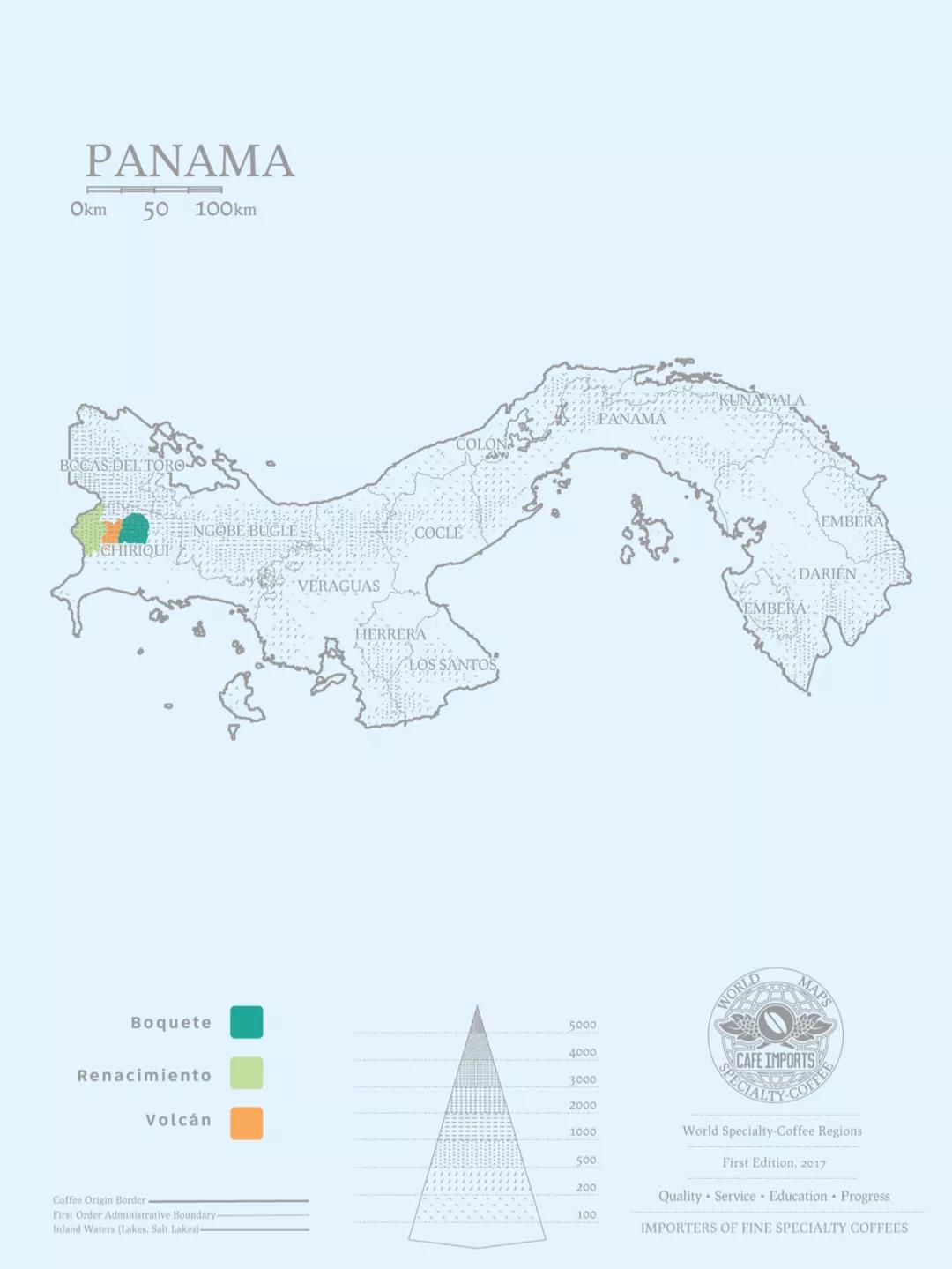
Panama is roughly divided into four producing areas: Poquet Boquete, Walken Volcan, Santa Clara Santa Clara and Kendra Piedra de Candela.
Poquet Boquete:
At 1450 meters above sea level, this coffee producing area has the highest coffee yield and the best quality in Panama. Such as Emerald Manor, Cotova Manor, Arida Manor and so on.
Walken Volcan:
At 2000-3000 meters above sea level, coffee in this producing area is characterized by a mild and balanced flavor, which has gradually attracted the attention of international experts and coffee lovers. The famous Baru Volcano Coffee comes from this producing area.
Santa Clara Santa Clara:
1500 meters above sea level, due to the irrigation of Chorerra Falls and the adjacent Panama Canal, coffee from all over Panama can be easily transported to all parts of the world.
[representative Manor of Bokui Special area: Jade Manor]
In 1964, Rudolph Peterson, an American banker, retired, moved to Panama and bought the emerald estate in Poquet, initially dominated by dairy. Then his son Price resigned as a doctor to help his father run the farm, introduced Kaddura and Kaduai coffee beans in 1987, set up a washing plant in 1994, and has had its own coffee processing plant ever since. In 1996, Haramiyo Manor, which has a superior geographical environment and good flavor of the original coffee varieties, was bought and incorporated into the Jadeite Manor.

Haramillo can be favored by the Petersons, and it is his original coffee beans with pleasant orange and floral aromas, different from the original flavor of Panamanian coffee. After cup testing of coffee beans in different areas of the garden, it was found that it was an unknown coffee tree born at the top of the manor. because of its low yield, the previous owner only used it as a windbreak tree, but it was excavated by the Petersons and decided to plant and cultivate the coffee trees in the area independently.
After winning the championship of BOP in the Panamanian bean competition in 2004, it was later identified by experts that the coffee bean was a rose summer variety of Ethiopia. Since then, the Peterson family has focused most of its efforts on developing infrastructure to support excellent batch separation and fine processing.

[land division of Ruoxia varieties in Jadeite Manor]
The jadeite manor is finely divided into three plots: Jaramillo, Canas Verdes and El Velo. Each piece of land will be refined to small plots again.

The annual rainfall of Jaramillo is 4000ml, the average temperature in daytime is 19-25 ℃, the average temperature at night is 11-15 ℃, and the average altitude is 1600-1700m. The Haramiyo site is subdivided into five small plots: Mario (Mario), Noria (Ferris wheel), Reina (queen), Bosque (forest) and Buenos Aires (Buenos Aires).
The annual rainfall of Canas Verdes is 3500ml, the average temperature in daytime is 16-23 ℃, the average temperature at night is 10-15 ℃, and the average altitude is 1600-1800m. Cannes consists of nine small plots: Lino (flax), Coronado (coronation), Fundador (founder), Le ó n (Leon), Montaa (peak), Trapiche (sugar), Chinta (urn), Cabaa (cabin) and Tumaco (Tumako).
Veil (El Velo) is the latest purchase of the Jadeite Manor, with an average elevation of 1700-1900m. In addition to planting Rosa and Kaduai, the site also has a small number of other exotic species, such as Laurina, Pakamara, Mocha and SL28. The veil is divided into seven small plots, namely: Guabo, Port ó n (Portal), Durazno (Peach), Higuer ó n (fig tree), Higo (fig), Buena Vista (Buena Vista) and guila (Eagle).
Introduction to Qianjie Coffee, Panamanian Jade Manor Red label and Green label Coffee beans
[red Standard Rose Summer] Esmeralda Special
Esmeralda Special is what we commonly call "red mark". The red label batch of Rosa rugosa has an altitude of 1600-1800 meters and a cup test score of more than 90 points. It is mainly produced in two producing areas: Jaramillo and Canas Verdes. Red label batches will be washed or tanned. Red bid batches can only be obtained through global auctions. Select rose beans from two producing areas, Jaramillo and Ca ñ as Verdess, with an altitude of 1600-1800 meters and a cup test score of more than 90 points.

The independent bidding held by the Jade Manor itself, in the divided plots, the Rose Summer batch that was put forward for bidding is the red bid. Guests often ask whether the competitive red bid is good to drink or the red bid is good to drink. In fact, the non-competitive red bid and the competitive red bid belong to the same plot. The difference lies in whether they participate in the bidding or not. Qianjie coffee thinks that it is not necessary to drink the bidding grade, first, the price is really high, and second, if you just want to try, the red mark is also a good choice.
This grade of rose summer is treated in the sun or water, with special, bright floral and citrus aromas.
[green label Rose Summer] Private Collection
Private Collection is commonly known as green mark. It is not a batch of independent competition, planting rose summer varieties that do not participate in the bidding but still have excellent quality. Select micro-batch mixed beans from different plots, such as Jaramillo and Ca ñ as Verdess, which are planted at 1600-1800 meters above sea level. Commonly known as the green standard, the green bid batch does not participate in the bidding, but the quality is still excellent. Green label batch Rosa rugosa is planted at an altitude of 1600-1800 meters above sea level, which is mainly produced in different lots such as Jaramillo, Canas Verdes and so on.

Because the mode of mixing different plots is adopted, sometimes the flavor similarity between green mark and red mark is very high. Although the green standard is not as high as the red standard, it still has the classic flavor of Rose Summer, floral, fruity, sour citrus, thick and juicy taste. Green-label batches of rose summer are also washed or treated in the sun.
People often ask what is the difference between a red sign and a green one. Qianjie Coffee gives the most easy-to-understand answer: which small plot of land can be traced back to the red mark, while the green mark is that the mixed beans are untraceable. Because the mode of mixed beans is adopted, it is not specified in detail on the plot, so sometimes the flavor of the green mark is very similar to that of the red mark, but the next product may be different. Qianjie coffee feels like buying a lottery ticket. Maybe the batch you drink this time is the taste of the red mark.
Although the green standard is not as high as the red standard, it still has the classic flavor of Rose Summer, floral, fruity, sour citrus, thick and juicy taste. The green sign of rose summer is also washed or tanned.
[blue label Rose Summer]
Rose summer 1500 this brand is our common blue standard rose summer. Choose mixed beans from three different plots, Jaramillo, Ca ñ as Verdess and El Velo, which are 1400-1500 meters above sea level. Flavor micro-flower fragrance, fruit sour, sweet, taste is not thick, blue standard rose summer only washing treatment.

Qianjie Coffee Panamanian Jade Manor Red label and Green label Coffee Bean brewing parameters
The recommended brewing parameters for Qianjie coffee are: Hario V60 filter cup, 90 ℃ water temperature, 15 g powder quantity, 1:15 powder-water ratio, grindability BG#4Q (the pass rate of Chinese standard No. 20 sieve is 80%).

Qianjie takes into account that these rose summer beans are lightly roasted, and the dissolution rate of light roasted beans is lower than that of deep roasted beans, so in order to ensure that the flavor of rose summer can be fully extracted, higher water temperature is used for brewing. At the same time, a finer degree of grinding is also selected.

With regard to the degree of grinding, Qianjie is determined by screening this method, according to the grinding advice provided by the American Fine Coffee Association SCA for hand-made coffee, Qianjie combined with actual operation verification, using different degrees of grinding to brew, there is a significant gap in the finished products, and the degree of grinding of each coffee bean will be different, this is the significance of sifting. If you don't have a sieve at home, Qianjie Coffee suggests observing the speed of the water to judge that if the flow is too fast, it is coarse, and if the flow is too slow, it is fine.

Qianjie coffee uses staged extraction, also known as three-stage brewing, steaming with 30 grams of water for 30 seconds, small water injection around the circle to 125 grams for stages, water level drop to 225 grams when the powder bed is about to be exposed, remove the filter cup when the water level drop is about to expose the powder bed, (steaming starts timing) the extraction time is 2 grams 3900 ".
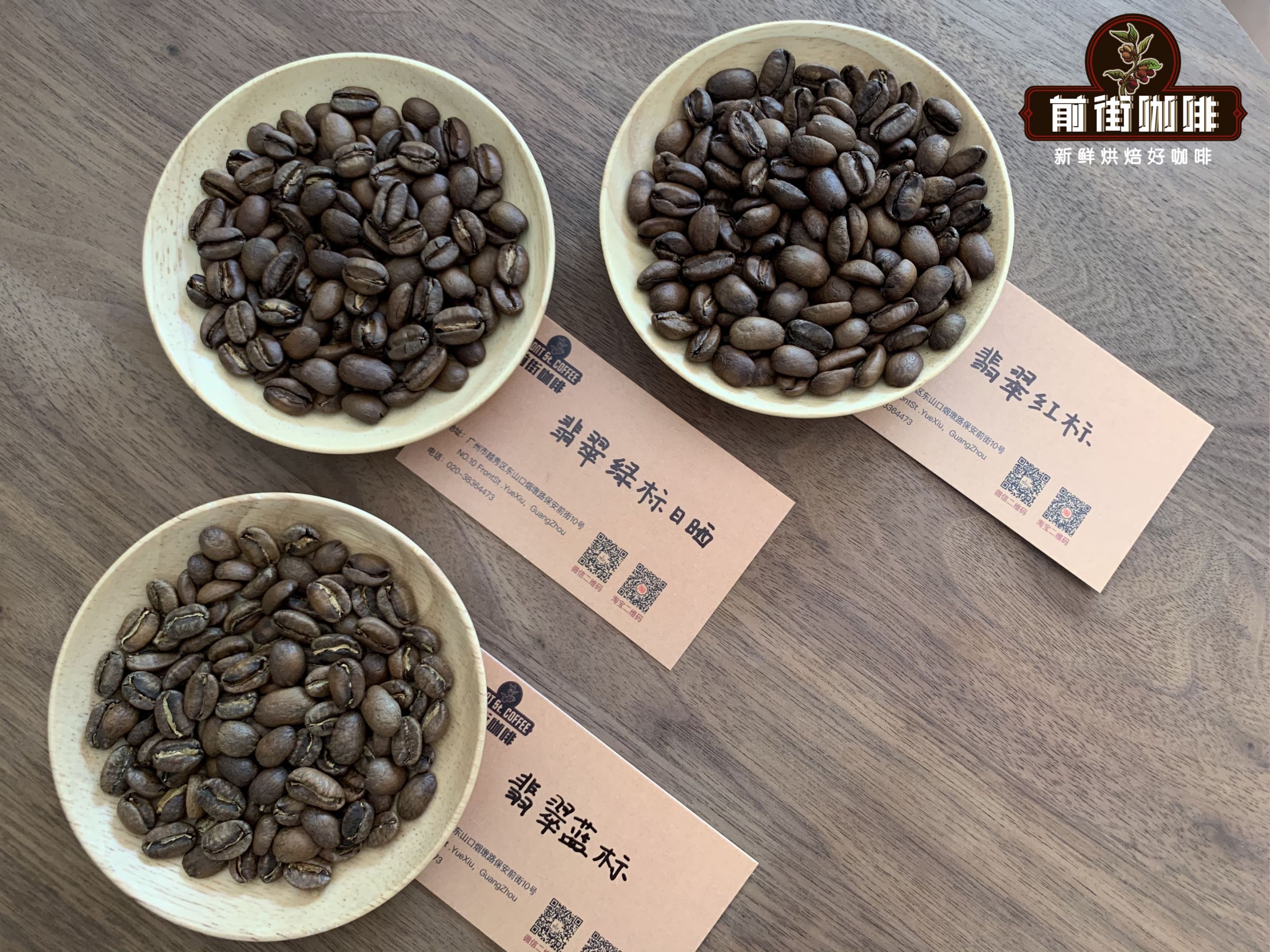
Qianjie Coffee Panamanian Jade Manor Red, Green and Blue label Coffee Bean Flavor description
[red standard] there are bright roses, citrus aromas, black rice, berries, apricots, compound fruits, honey, thick juice, rich flavor, sweet and obvious.
[green standard] the jasmine is full-bodied and sweet, with citrus, berry, juice, cream, green tea, orange peel and cantaloupe as a whole.
[blue label] Flower aroma, with soft sour notes of lemon and grapefruit in the mouth, sweet honey in the middle, sweet oolong tea and brown sugar at the end, clean and bright taste.
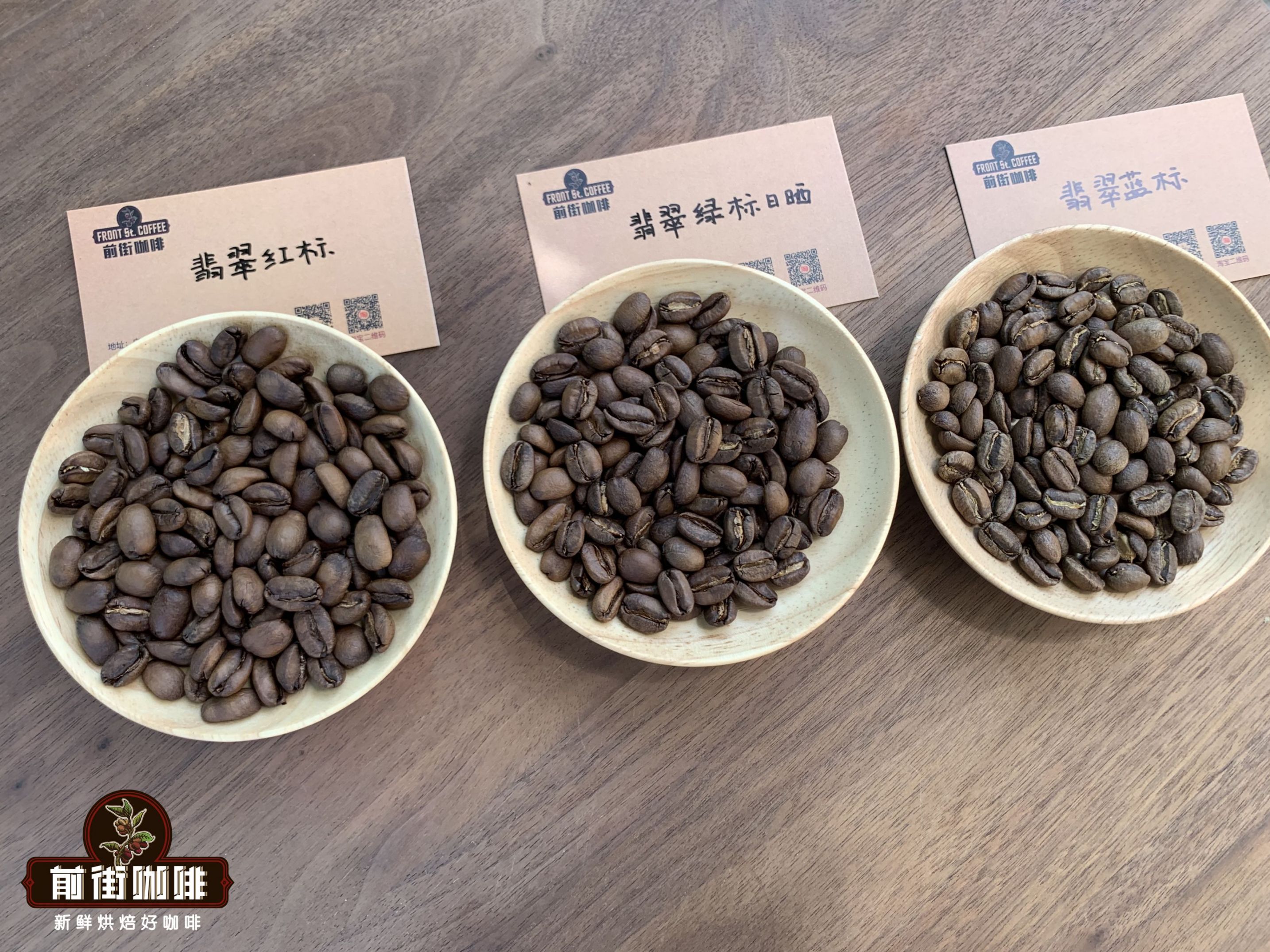
The latest news is the red mark of the new production season in 2021.
In June 2021, the red label Rosa coffee beans of the new production season of 2021 finally arrived in front of the street coffee. The samples were baked in the front street immediately after the arrival of the goods!
This batch of red label Rose Summer comes from the Mario plot of the Emerald Manor. The Mario plot belongs to the famous sub-estate of the Emerald Manor: Jaramillo. This area is full of glory, and the Emerald Manor became popular with the rosy summer of the land in 2004.
It is also worth noting that the jadeite estate has adjusted its rose summer coffee classification in 2021, and the blue label batch (Geisha 1500) will be cancelled at the beginning of the 2021 production season.
Back to the red standard rose summer coffee beans, this Qianjie still chooses the batches of slow sun treatment, the exquisite processing technology of the jadeite manor and strict quality control standards, and the fruit tone of the slow sun batch is more rich. the sweetness and acidity are very excellent, of course, the sweet fruit flavor and jasmine aroma.
There is no doubt about the quality control of the Emerald Manor, the coffee raw beans are full and fat, and the rosy summer coffee beans have a long, pointed appearance that is easy to identify, and no obvious defective beans can be found. Taste the red mark of the new production season due to the current epidemic in Guangzhou, the store in Qianjie is semi-open. Therefore, the red mark "first taste soup" was tearfully accepted by the friends of Qianjie store (here, thanks to the bakers in Qingyuan Bakery for working overtime to bake samples after receiving the beans).
Also because of the epidemic, the cup test used one spoon per person a small cup, only the use of small cups for tasting form. On the dried incense, it is the aroma of dried fruit. The wet fragrance after water injection gives off a sweet smell like honey and berries. After breaking the dregs, the fragrance of jasmine emerges.
By sipping, you can taste the flavors of citrus, berries, honey and grapes. When the temperature drops, the sweetness of honey is particularly obvious, with the aroma of ginger flowers.

For more coffee bean information, please pay attention to Coffee Workshop (Weixin Official Accounts cafe_style)
Professional coffee knowledge exchange Please add micro signal kaixinguoguo0925
Important Notice :
前街咖啡 FrontStreet Coffee has moved to new addredd:
FrontStreet Coffee Address: 315,Donghua East Road,GuangZhou
Tel:020 38364473
- Prev
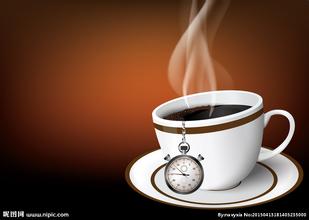
Introduction to the production area of graded grinding scale of taste and taste of Ethiopian coffee beans
According to different planting methods, coffee can be divided into three types: forest-semi-forest coffee (Forest or semi-forest coffee), courtyard coffee (Garden coffee) and plantation coffee (Plantation coffee). The classification and quality control system of coffee is divided into producer and land.
- Next
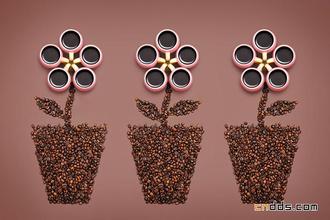
Flavor Description of Colombia Ramon Coffee Taste Treatment Method
Flavor Description of Colombia Ramon Coffee Taste Treatment French Region Variety Introduction Thanks to the excellent geographical and climatic conditions, Colombia coffee has always maintained a high quality. Colombia coffee beans, which usually do not have a special market brand name, come from the national federation of Colombia coffee growers, which
Related
- Detailed explanation of Jadeite planting Land in Panamanian Jadeite Manor introduction to the grading system of Jadeite competitive bidding, Red bid, Green bid and Rose Summer
- Story of Coffee planting in Brenka region of Costa Rica Stonehenge Manor anaerobic heavy honey treatment of flavor mouth
- What's on the barrel of Blue Mountain Coffee beans?
- Can American coffee also pull flowers? How to use hot American style to pull out a good-looking pattern?
- Can you make a cold extract with coffee beans? What is the right proportion for cold-extracted coffee formula?
- Indonesian PWN Gold Mandrine Coffee Origin Features Flavor How to Chong? Mandolin coffee is American.
- A brief introduction to the flavor characteristics of Brazilian yellow bourbon coffee beans
- What is the effect of different water quality on the flavor of cold-extracted coffee? What kind of water is best for brewing coffee?
- Why do you think of Rose Summer whenever you mention Panamanian coffee?
- Introduction to the characteristics of authentic blue mountain coffee bean producing areas? What is the CIB Coffee Authority in Jamaica?

